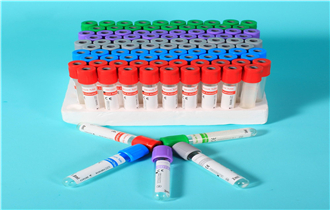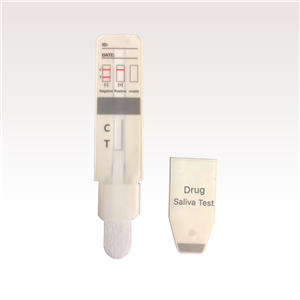Classification and function of blood draw tubes
blood draw tubes are used for blood collection and testing and play a large role in the medical industry. So, do you know which major types of blood draw tubes are there? What are the major categories of blood draw tubes? Let's take a look at the classification and function of blood draw tubes.
1, yellow head tube
Such blood draw tubes contain a coagulant and a separation gel, which can promote blood coagulation as soon as possible and facilitate serum separation. It is commonly used in the detection of various biochemical items in the clinic, and should be mixed 8 times after blood collection.
2, red head tube
Dry vacuum tube without additives, without any ingredients such as anti-coagulation and coagulation. The blood is coagulated by the principle of natural coagulation of blood, and the serum is naturally precipitated and then centrifuged. Mainly used for routine serum biochemistry (liver function, kidney function, myocardial enzymes, etc.), electrolytes (serum potassium, sodium, chlorine, calcium, phosphorus, etc.), thyroid function, drug testing, HIV testing, tumor marker detection, immune serology Wait.
3, blue head tube
Containing sodium citrate anticoagulant tube, sodium citrate chelate with calcium ions in the blood to prevent anticoagulation. It is used for the detection of four and six items of coagulation. It is necessary to pay attention to accurate blood collection to 2ml mark line, that is, blood: anti- Coagulant = 9:1, mix and invert 8 times immediately after collection.
4, black tube
Contains sodium citrate anticoagulant tube, mainly used for the detection of erythrocyte sedimentation rate. Such blood draw tubes need to pay attention to accurate blood collection to the marking line, that is, blood: anticoagulant = 4:1, and need to be inverted and mixed 8 times after collection.

5, light green head tube
Heparin-containing lithium anticoagulant and inert separation hose can achieve the purpose of rapid plasma separation and is the best choice for electrolyte detection.
6, green tube
Containing heparin sodium/heparin lithium, heparin has the effect of enhancing thrombin 111 inactivation of serine protease, thereby preventing various anticoagulant effects such as platelet aggregation. Generally used for the detection of emergency biochemistry, hemorheology, blood gas analysis.
7, purple tube
A blood collection tube containing ethylenediaminetetraacetic acid and its salt, ethylenediaminetetraacetic acid can effectively chelate calcium ions in the blood, effectively prevent blood coagulation, has little effect on blood cell agglutination and blood cell morphology, and is mainly used for Blood routine and blood ammonia test can not be used for blood coagulation, trace element examination, usually collect 1~2ml of venous blood, after mixing, it needs to be mixed 8 times or plucked and mixed.
8, gray head tube
Containing potassium oxalate/sodium fluoride anticoagulant, sodium fluoride is a weak anticoagulant. It has good anti-oxidation effect of red blood cells. It is an excellent preservative for blood sugar detection and is suitable for blood sugar and glucose tolerance test. When using, please pay attention to slowly invert and mix 8 times.
The above is about the classification and role of blood draw tubes. I hope that everyone can understand the classification and function of blood draw tubes and it will help everyone.




